The DePIN narrative has emerged as one of the most promising verticals in blockchain for the 2024 bull run, in this article, explore what is DePIN crypto and discover the best DePIN crypto projects.
As blockchain technology barrels down the information superhighway, it has made pit stops in several verticals, including finance (DeFi), art (NFTs), gaming (GameFi), and Web3 – with these major crypto narratives defining development in the space, and creating avenues for mainstream adoption – with explosions of interest in NFTs and Web3 drawing the attention of major household names like Nike and Starbucks.
However, one sector remains conspicuously stuck in the analog age: physical infrastructure.
Why Could DePIN Crypto Projects Be The Next Best Thing?
For years, physical infrastructure—encompassing everything from your phone network to Google Maps—has been firmly in the grasp of large centralized corporations.
Yet, as sluggish centralized infrastructure struggles to keep pace with the exponential demands of the emerging digital economy – market sentiment is shifting extremely bullish on Decentralized physical infrastructure networks (DePIN), moves towards decentralizing and democratizing the physical infrastructure we interact with every day could become the next wave of the blockchain revolution.
(Source)
Leading Messari analyst Sami Kassab states that DePIN will reach $3.5 trillion by 2028, with some experts believing this is a conservative estimate.
But What is DePIN?
DePIN stands for ‘Decentralized Physical Infrastructure Networks’ and represents cryptocurrency that has real-world use in enabling tangible infrastructure.
‘Real-world use’ – Heard that one before? The key difference here is DePINs use blockchain technology (yes, the same one that makes Bitcoin possible) to manage and fund the building of real-life infrastructure like your WiFi, phone network, Google Maps, or Netflix.
By participating in DePIN networks to facilitate infrastructure, you earn cryptocurrency tokens as a reward for your contribution to the infrastructure network.
DePIN is supposed to make users the masters of their 5G, WiFi, or Internet of Things by allowing them to provide service for others and themselves; decentralizing the provision of infrastructure to individuals rather than relying on extensive and expensive physical infrastructure roll-outs.
Imagine the cost of compiling GPU power for 3D rendering or generative AI in a centralized center, versus, the cost of renting pre-existing GPU power from users around the world – the time and cost savings are staggering – especially as the burden of maintenance for the decentralized infrastructure is shifted to the individual provider.
What Are The Best DePIN Crypto Projects?
With major blockchains like Solana and Ethereum across the space playing host to exciting developments in DePIN dApps, here are the best DePIN crypto projects right now:
1. Helium (HNT)
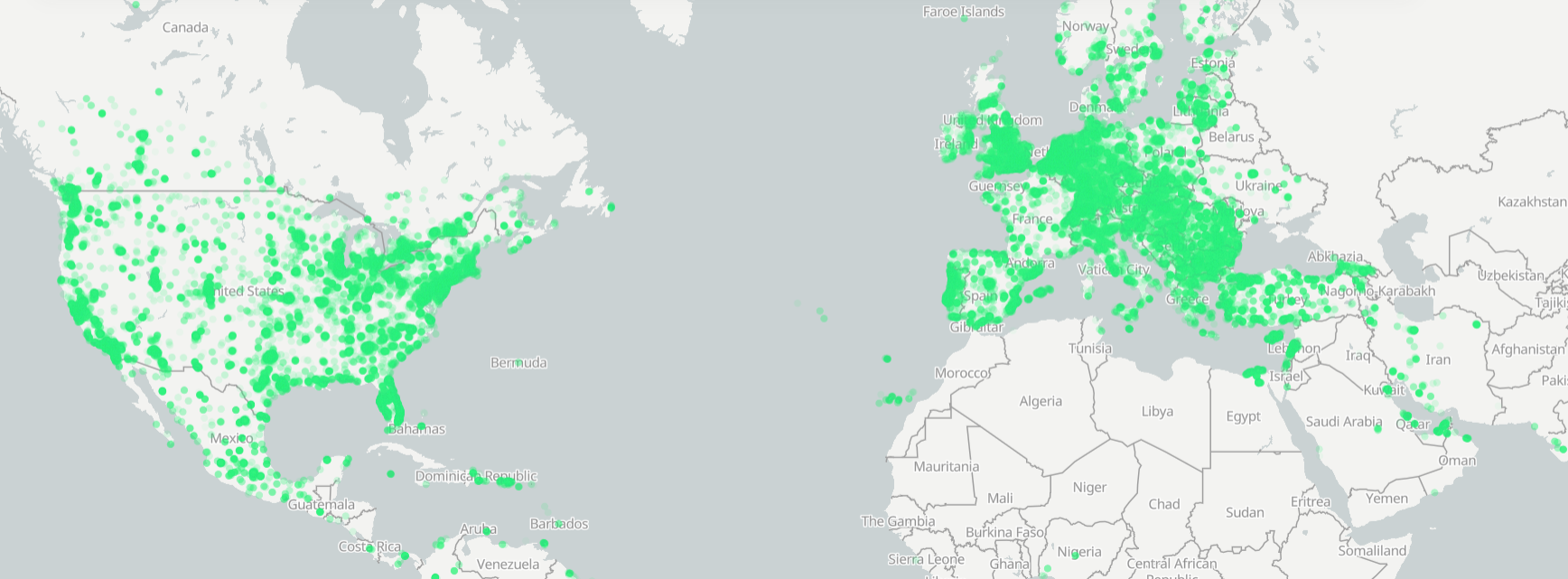
Built on the Solana, Helium provides physical network devices that promote IoT, Wifi, and 5G connectivity – with the Helium network already rolling out a global network of IoT routers – which earn owners HNT token rewards.
This has a plethora of use-cases from enabling smart technology to facilitating smoke alarms, even maritime navigation is now tapping into the rapid growth of Helium’s IoT network.
In its latest move, a pilot program in Miami has seen Helium offering cellphone plans that are much cheaper than competitors, with the new cellphone network leveraging community-owned decentralized modems for coverage. That’s a good thing for crypto, and it’s a good thing for life. Helium is trading for $6.53.
2. Hivemapper Network (HONEY)
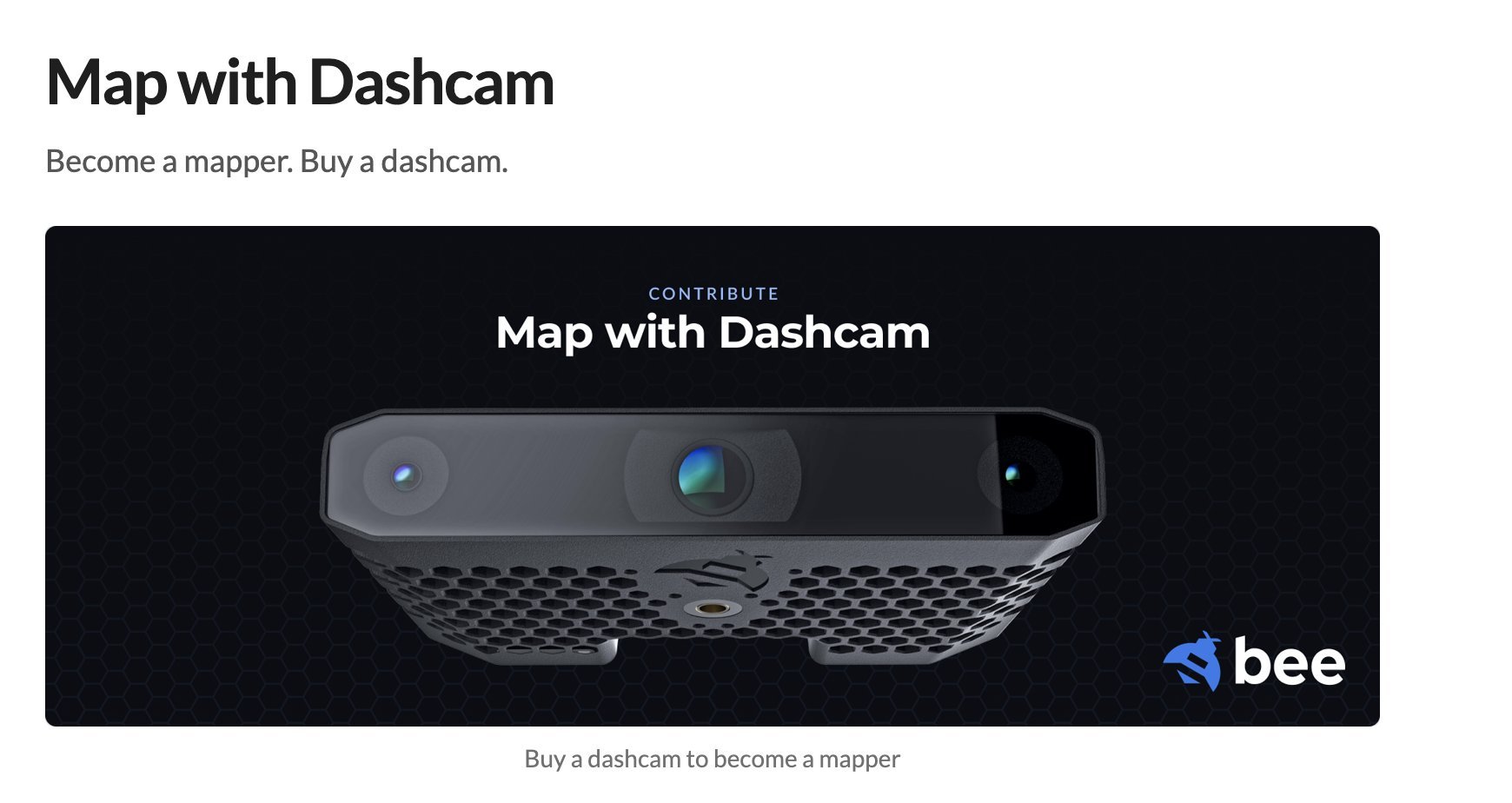
In a massive innovation to the widely popular Google Street View, which saw a dedicated centralized team of Google researchers drive around more than 10m miles of road taking photographs, Hivemapper is a decentralized Google Maps alternative.
By incentivizing users with HONEY rewards, Hivemapper is funding a decentralized network of dashcams to map streets.
To do this Hivemapper sells dashcam units which once set-up passively earn the user income as they drive around, alongside other opportunities to earn such as mapping with your phone, or, contributing to AI training datasets.
One criticism is that the camera costs $569, but many users report making profits from it. Hivemapper is trading for $0.1221.
3. Chirp Wireless (CHIRP)
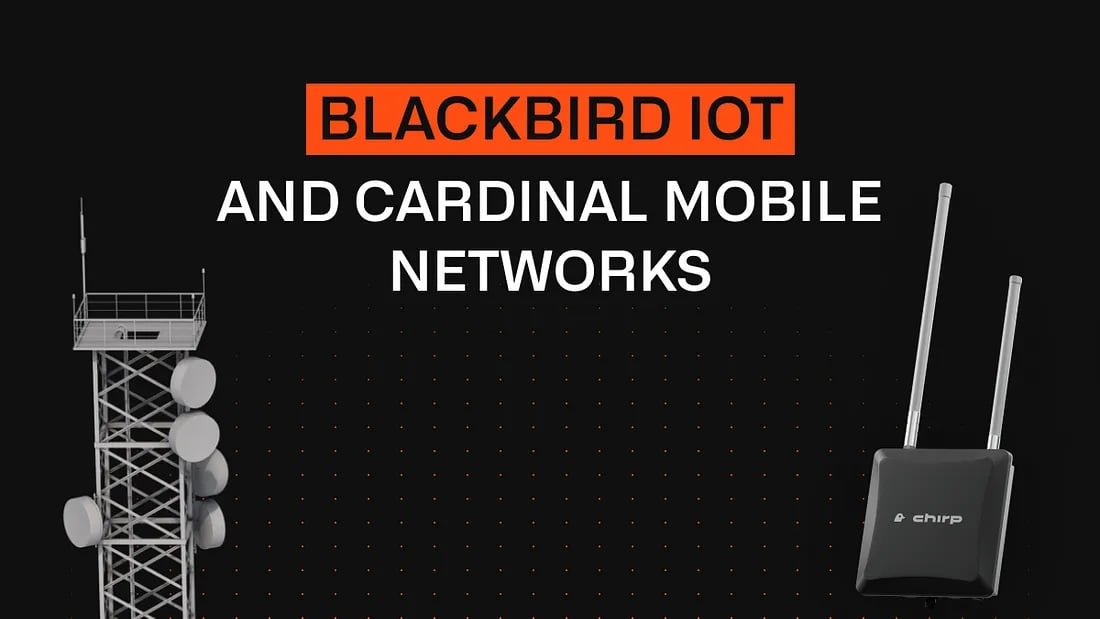
Chirp innovated on top of Helium’s work in the IoT space, they sell a physical wireless device called a Blackbird, specifically designed to provide coverage for the “Internet of Things.”
The Blackbird offers extensive network coverage spanning tens of square miles (LoRa), and when the product is officially launched, you will soon be able to earn CHIRP rewards by contributing to the Chirp Blackbird network.
“We’ve been dreaming about a technological future for generations. If you grew up watching The Jetsons, Back to the Future, I’d imagine the world is pretty underwhelming compared to what it was supposed to be,” said Tim Kravchunovsky.
“Now, with IoT and decentralization, we can make it happen. Not ‘someday,’ not ‘eventually,’ now.”
With DePIN, we’re not just talking about a new sector in the crypto industry but a revolution in building and managing real-world infrastructure – and this extends as much into the developing world as the Western world.
Indeed, projects poised to make a significant impact in developing regions such as South East Asia could witness tremendous growth.
One such emerging economy DePIN narrative play is the increasingly viral eTukTuk presale – which recently hit $2.3m raised.
eTukTuk: On a Mission to Revolutionize Urban Mobility

At its core, eTukTuk is about more than just introducing a new cryptocurrency, it’s a comprehensive solution aimed at reducing carbon emissions, combating CO2-related health conditions, and fostering financial inclusion, particularly in developing countries.
The project’s main offering is an innovative electric vehicle charging infrastructure (EVSE), tailored to meet the needs of cities and suburban areas in developing regions.
Alongside this, eTukTuk presents its proprietary EV model, designed to be both affordable and efficient, facilitating a seamless transition for drivers from traditional vehicles to eco-friendlier options.
Blockchain at the Heart of Sustainable Transport: A Mission to Clean the Air
The foundation of eTukTuk’s operations lies in deployment on the robust and efficient BNB Chain, backed by Binance.
This choice not only guarantees scalability and security but also aligns perfectly with eTukTuk’s core values of people-centric innovation, the integration of blockchain technology ensures a transparent, secure, and efficient framework, essential for the project’s success.
The mission of eTukTuk is straightforward yet impactful: to significantly reduce pollution from the prevalent 270 million traditional tuk-tuks worldwide.
By providing a cost-effective alternative in the form of electric tuk-tuks and a network of affordable charging stations, eTukTuk aims to make sustainable transportation accessible to all households.
This initiative is particularly crucial given the alarming air pollution statistics, with 7 million annual premature deaths globally linked to air pollution, predominantly in developing regions.
Fundamentals: Technological Innovations for a Greener Tomorrow
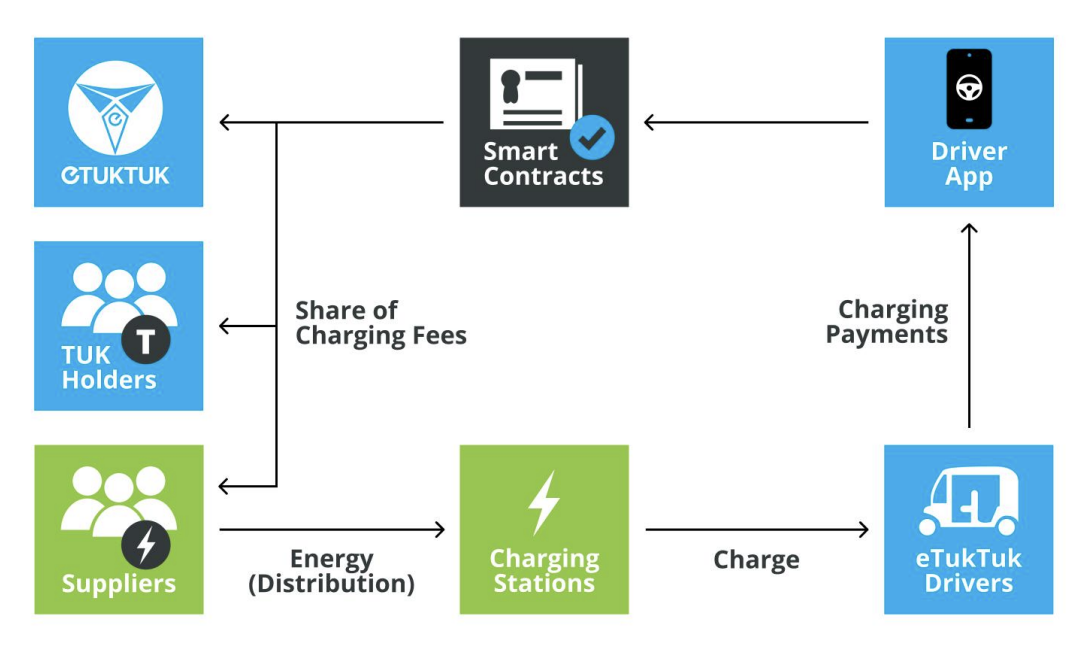
But eTukTuk is not just replacing traditional tuk-tuks with electric variants; it’s redefining urban mobility with a slew of AI and blockchain solutions:
- AI-Driven Efficiency: The $TUK token fuels AI advancements to optimize routes, reduce traffic congestion, and cut down on fuel consumption.
- Eco-Friendly Innovations: $TUK aligns token presale efforts with environmental goals, supporting green transportation research.
- Smart Infrastructure: $TUK tokens are pioneering intelligent transport systems through AI-enhanced blockchain technology.
- Predictive Maintenance: AI integration in eTukTuks allows for timely maintenance, prolonging vehicle life and ensuring reliability.
Additionally, the project’s strategy includes a shared infrastructure model, utilizing solar-powered charging stations to make
Play-to-Earn: Engaging and Rewarding Eco-Friendly Urban Mobility
eTukTuk has launched a Play-to-Earn game, offering players a Crazy Taxi-style adventure through Sri Lanka’s streets.
This innovative game not only entertains but also highlights the eTukTuk vehicle, allowing players to earn rewards while managing their vehicle’s battery life.
This gamification strategy enhances the project’s engagement in a fun and interactive way.
The $TUK token is pivotal to eTukTuk’s ecosystem, ensuring a decentralized, transparent, and secure future.
Built on the BNB Chain for its compatibility with Binance Pay and Connect, it enables smooth transaction processing.
Additionally, the project’s multi-chain approach, incorporating both the BNB Chain and Cardano, demonstrates a commitment to inclusivity and cross-chain interoperability.
The project also introduces “Power Staking,” a mechanism allowing participants to earn rewards by staking TUK tokens.
This initiative supports the shared economy and empowers users to contribute to the network’s growth, especially in transitioning from ICE-powered to electric tuk-tuks.
eTukTuk Phase-wise Development: A Strategic Approach to DePIN Roll-Out
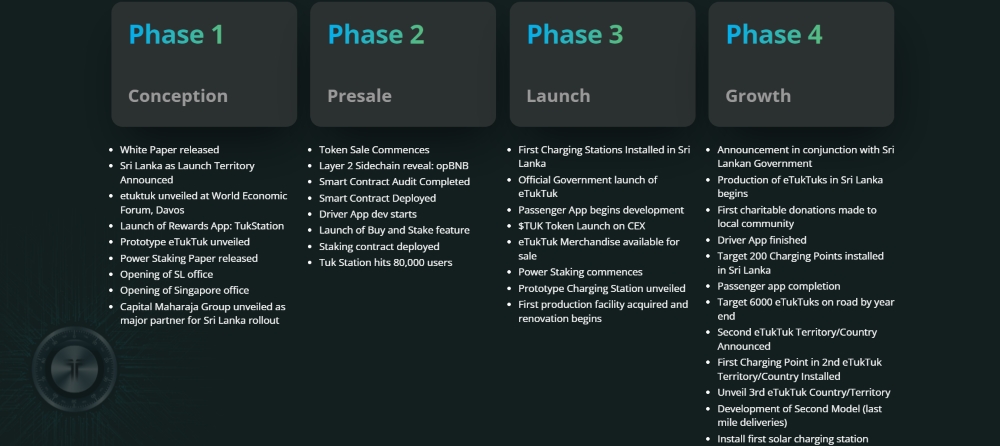
eTukTuk’s development is strategically phased, from the initial unveiling of the white paper to the establishment of offices in Sri Lanka and Singapore.
Key milestones include the development of apps, partnership announcements, the deployment of charging stations, and the launch of the $TUK token on major exchanges – each phase is meticulously planned to ensure steady progress and scalability.
Explore: SOL Breaks $200: Why Solana is Exploding Now Compared to Rest of the Crypto Market
Disclaimer: Crypto is a high-risk asset class. This article is provided for informational purposes and does not constitute investment advice. You could lose all of your capital.
This news is republished from another source. You can check the original article here











